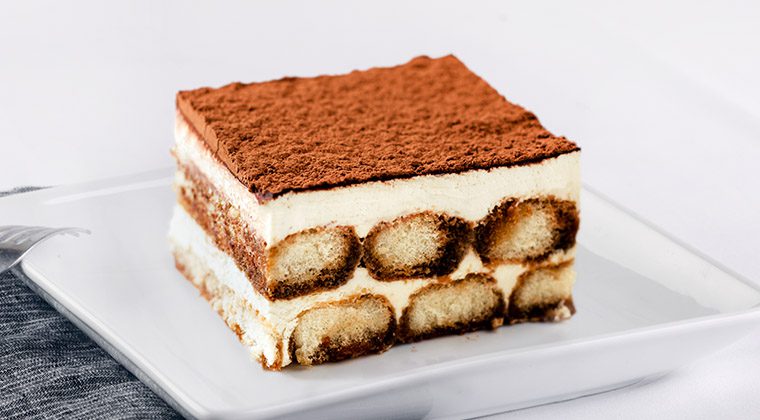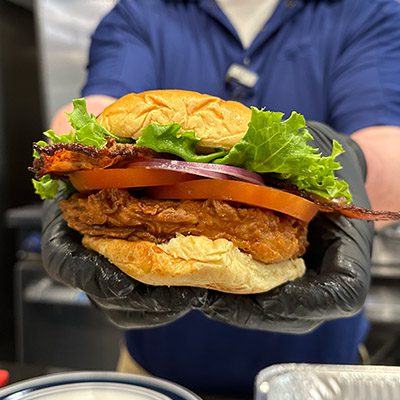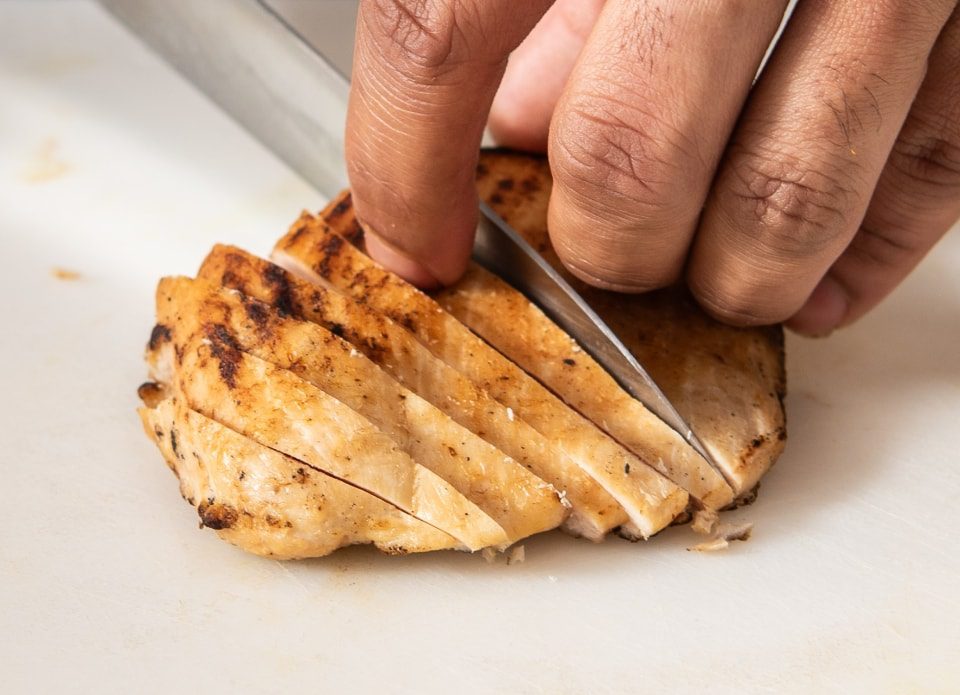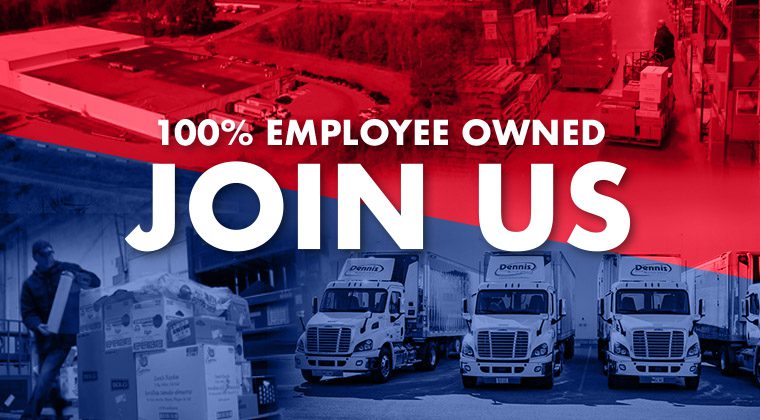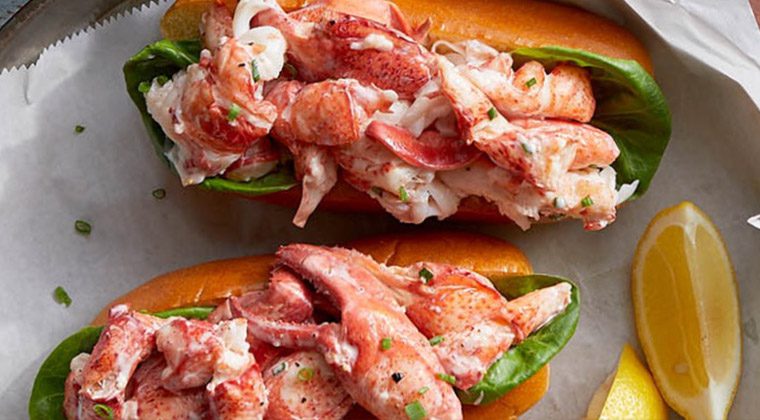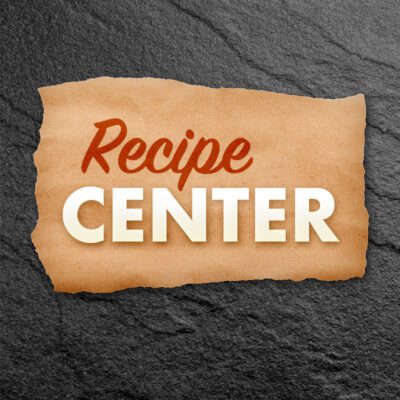
The Top 10 Myths of Restaurant Profitability
Conventional wisdom in the restaurant business is often anything but wise or good for your bottom line. Here are 10 so-called undeniable restaurant truths that could be costing you big money.
1. Buying larger quantities to get volume discounts saves money. Not after one accounts for the extra waste, theft, spoilage, bigger portion sizes, and overall carelessness that results when more product is purchased than is needed. Smart operators purchase just what they need, even if the price/unit is a little higher. They know they make more money focusing on product utilization, not quantity discounts.
2. Paying higher hourly wages increases labor costs. A trend of increasing average hourly wages is usually a sign of better employee retention and lower turnover Reduced employee turnover results in less training, less hiring, better productivity, improved customer satisfaction, and lower overall labor costs.
3. It is better to have cash overages than shortages. Although neither is great news, cash overages are often an indication of one of an operator’s worst nightmares – unrecorded sales.
4. Keeping food costs low means larger profit margins. Many of the most profitable restaurants in the country have high food costs, some as high as 45% – 50%. The issue is not how high or low food costs are, but rather how many gross profit dollars your menu items are generating. That’s why menu items should be promoted based on their gross profit contribution (dollars) rather than having a low food cost (percentage).
5. Only the chef or the manager on duty should check in deliveries. The chef and the manager on duty are usually the two people in the operation with the least time to always do a complete, thorough job of checking in deliveries. Many companies use an hourly employee who is training to be a dedicated receiving clerk during certain hours of the day. An hourly employee generally has the uninterrupted time to devote the attention necessary to do a proper job checking in each and every delivery.
6. Profit & loss statements should be prepared and reviewed monthly. It is of limited value to compare a monthly P&L to a previous month. There may be a different number of total days or a different number of weekend days that will invalidate any meaningful sales comparison. Many restaurants do over 50% of their sales on two days of the week, Fridays and Saturdays. Many restaurant operators prepare their P&Ls on a 4-week, 28-day cycle so that each P&L reflects the same number of days and the same number (4) of each day of the week.
7. The most important part of pricing the menu is determining each item’s food cost. Costing out each item is very important, particularly to determine the gross profit contribution of each item. However, determining what customers will pay in your immediate market is the most important consideration. While not an exact science, shopping the local competition, plus an evaluation of your customers’ income levels and spending habits, should provide valuable information to use as a framework for pricing decisions. Also, ask your servers how much they would charge for a menu item. After all, servers are closer to your customers than anyone.
8. The best accountant in most restaurants is in the bookkeeper. It’s usually one of the bartenders. Their accounting skills are honed through years of experience keeping track of liquor usage and unrecorded drink sales with elaborate counting schemes using glasses, stir sticks, toothpicks, pennies, and even olives.
9. Using garbage cans in the kitchen is a good way to dispose of trim and waste. Garbage cans often become a “black hole” for excessive food waste, trim, and preparation mistakes – all of which is food that should have gone on the plate. Smart operators use clear plastic food boxes to deposit kitchen scraps and trim. Managers take a moment to inspect the contents of each box at the end of the shift.
10. Paying overtime is a sign of bad management or poor scheduling. Not necessarily. Overtime may also be a sign that a well-conceived, tight schedule was prepared and the restaurant was busier than expected. The absence of any overtime can be indicative of padded schedules and having more employees than needed. Occasionally paying overtime can also be an excellent incentive and reward for deserving employees, particularly kitchen personnel.
Source: Restaurant Owner
